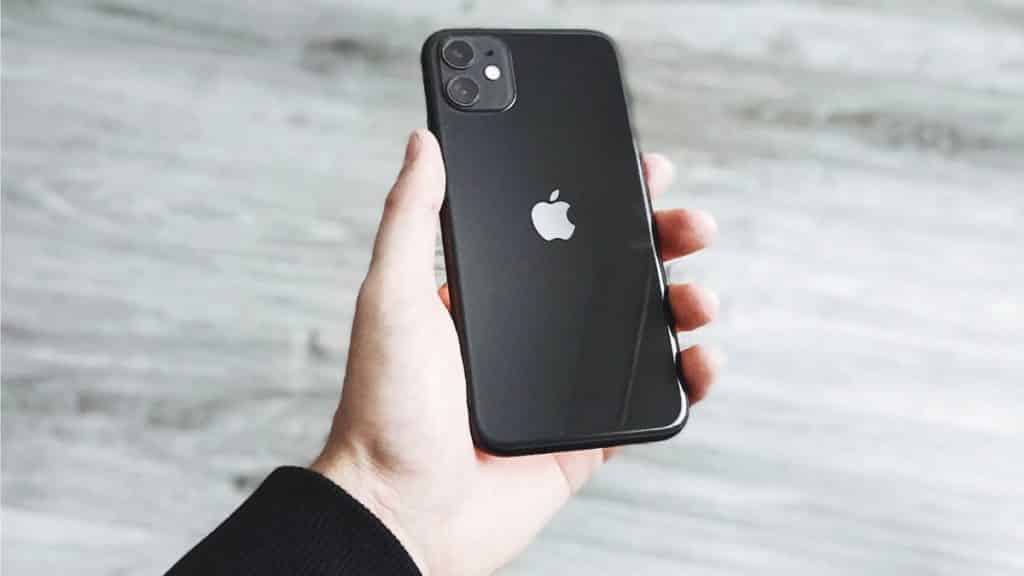Forgetting earlier rudimentary advancements—the wireless field telephone might spring to mind—most pin the birth of the modern cellular telephone as April 3rd, 1973. Stood near a 900MHz base station in Manhattan, an employee of Motorola, named Martin Cooper, made a call to Bell Labs in New Jersey. While nobody knows exactly what was said on this call, we do know Cooper made the call using a Motorola DynaTAC, a device which would not be available to the public for at least another ten years. This call, though, was the beginning of a mobile communications revolution. Six years later, Nippon and NTT introduced the first 1G phone service in Tokyo.
Though NTT had given Japanese consumers access to mobile services in the late-70s, mainstream access would not be possible until the mid-80s. On October 13, 1983, Ameritech launched a 1G phone network in the US. The company started in Chicago, as would come to be commonplace in the early days of mobile communications, Ameritech provided mobile services to small rural locations. A year later, the DynaTAC 8000x would go on sale for a whopping $4000, many multiples of today’s device prices. Despite the eyewatering price tag, the device was hardly mobile, weighing almost two pounds and taking half a day to charge for only thirty minutes of usage. By 1989, devices were considerably more mobile.
By 1991, the first GSM call was made. The GSM standard introduced a common network across Europe, providing mobile users with seamless service, despite crossing national borders. In 1992. The Nokia 1011 went on sale, introducing text messaging to the market. In 1994, IBM released the Simon, the world’s first real introduction to smartphones. The Simon allowed users to send emails, sketch on its touchscreen and maintain a calendar. Alas, there would be no web access. The smartphone may have been born in the 1990s; however, it came of age with the dawn of a new millennium. By 2001, NTT has launched the first 3G network, making videoconferencing possible.
Perhaps the biggest smartphone revolution came in 2007 at Macworld. Here, the late Steve Jobs revealed the first iPhone. The iPhone did away with keypads and allowed users to browse the web as they would on a desktop computer. Additionally, the iPhone was sleek and well-designed, beginning the dawn of a new market dynamic. Customers now desired smartphones as a fashion accessory as well as a functional technology. Today, global smartphone ownership has surpassed many billions of users—perhaps as high as 6.3 billion. It is estimated 80% of the world’s population own a smartphone. Far from the first 1G network, today, 5G networks allow users use of rapid internet wherever they might be, incorporating smartphone applications into daily life. From maps to booking applications and taxis, now more than ever consumers rely on their devices.
Further, manufacturers release new devices quicker than ever before, and consumers lap them up. Major network carriers seek ever more creative ways to facilitate this rampant desire to upgrade. Given consumers upgrade more often than they once did, more are left with redundant devices. Additionally, savvy consumers want to make the most out of their own device or buy second-hand smartphone, fuelling a hungry second-hand and recycling market. It can be easy to find yourself stuck with an inflexible device or get ripped off with expensive monthly tariffs, roaming charges or sale values. However, this need not be the case. With one simple tip, iPhone owners can avoid all the above.
How to get the most out of your iPhone …
Once the iPhone grew popular, major network carriers began offering contracts. Customers could pay a monthly device cost as well as a tariff cost such that they might affordably purchase the latest smartphone. The devices the network carriers provided were—and still are—almost always locked to that network, meaning no other SIM will function in the device. Even once the contractual period is up, the device remains locked to that network, meaning customers are more likely to simply stay with that carrier. A sneaky move, huh?! These locked devices are inflexible and cost consumers money, whether you’re selling a redundant device or keeping your current mobile. A simple device unlock helps overcome these issues.
Today, the mobile communications network is furiously competitive, SIM-only carriers offer cheaper deals than major networks, often offering unlimited communication for less than £15 per month, potentially saving hundreds of pounds a year. Once unlocked, your device can be used with the carrier of your choice, often without the need for any fixed contract. This flexibility isn’t a secret, buyers know how beneficial it is. For this reason, they’re willing to pay a premium, often as much as 20-30% more than a locked device. So, if you find yourself with a redundant device or want to trade in your device to pay for the latest smartphone, unlocking will help you easily increase the sale value. The flexibility doesn’t end there though, travellers benefit too. Even if you’re still in a contract, unlocking your device means you’ll save money when travelling. Once unlocked, travellers can simply visit any local store, purchase a prepaid SIM from a domestic carrier and use their phone as normal, saving a ton of money every single time they travel.
Unlocking your iPhone used to be a major hassle; however, this simply is not the case anymore. Today, services like DirectUnlocks make this process simple.So, if you want to unlock iPhone devices, then all you need to do is visit DirectUnlocks. All that is required is your device IMEI. Once you’ve entered the IMEI into the website, DirectUnlocks can unlock your device remotely, often within just 6 hours without you ever even leaving your house. Make the most of your iPhone today with this simple unlocking trick.

